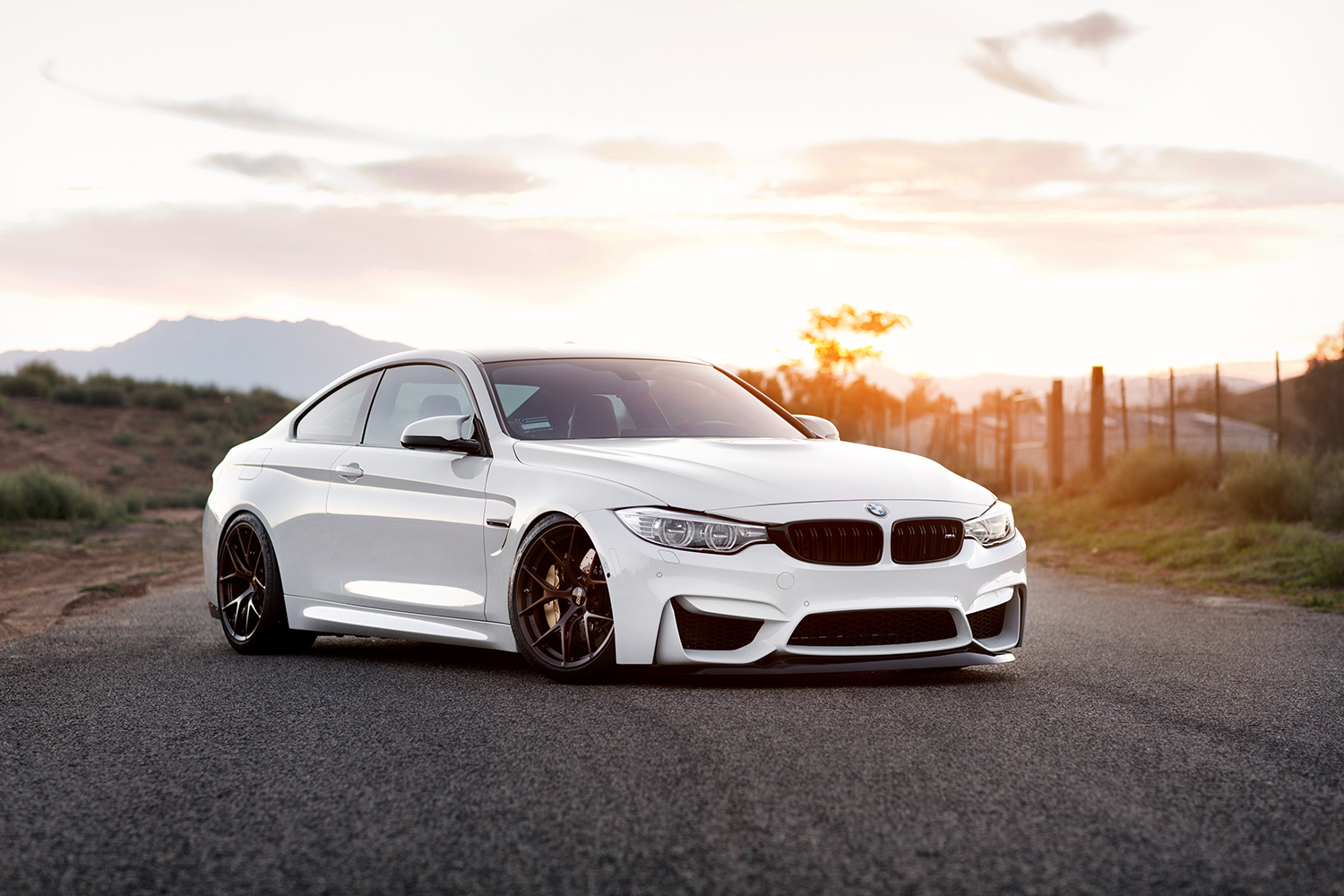Capturing the Best Car Pose: Tips for Stunning Automotive Photography
Automotive photography is an art form that celebrates the beauty, design, and power of automobiles. Whether you're a professional photographer or simply an enthusiast looking to capture your car in the best possible light, understanding how to create the perfect car pose can make all the difference. In this guide, we'll explore techniques and tips to help you achieve striking and memorable car photographs.
1. Introduction to Car Photography

Car Photography
Car photography is a specialized niche within the broader field of automotive journalism and photography. It focuses on showcasing cars in their best form, highlighting their aesthetics, features, and performance.
A well-executed car pose can elevate a car's visual appeal and tell a compelling story.
2. Choosing the Right Location
Selecting the right location is crucial for achieving the best car pose. Consider the following factors when choosing a location:
Scenic Beauty: Look for picturesque backgrounds that complement the car's style and color. Natural settings like forests, mountains, or bodies of water can provide stunning backdrops.
Urban Settings: Urban environments with interesting architecture, cityscapes, or street scenes can create a modern and dynamic backdrop for your car.
Reflective Surfaces: Locations with reflective surfaces, such as glass buildings or bodies of water, can add an artistic dimension by capturing the car's reflection.
Consider Lighting: Pay attention to the position of the sun and the time of day. The golden hours, shortly after sunrise and before sunset, often provide soft, warm lighting that enhances the car's appearance.
3. Positioning the Car

Positioning the Car
Positioning the car correctly is essential for achieving the desired pose. Here are some tips:
Angles: Experiment with various angles to find the car's best side. Common angles include a three-quarter view, side profile, and rear three-quarter view.
Balance: Ensure the car is balanced within the frame. Avoid cutting off important parts like wheels or the car's roof.
Composition: Use compositional techniques such as the rule of thirds to create visually appealing compositions.
Background Interaction: Consider how the car interacts with the background. Make sure the car stands out and is not lost in clutter.
4. Lighting Techniques
Lighting plays a pivotal role in car photography. Try these lighting techniques:
Natural Light: Whenever possible, use natural light to create soft and even illumination. Avoid harsh shadows that can obscure details.
Artificial Lighting: For controlled environments, such as studios or workshops, you can use artificial lighting sources like softboxes and strobes to achieve specific lighting effects.
Light Painting: Experiment with light painting techniques to highlight specific areas of the car and create a dramatic effect.
5. Details Matter
Don't forget to capture the finer details of the car:
Close-ups: Zoom in to highlight intricate design elements, such as the car's grille, headlights, or interior.
Textures: Showcase the car's textures, such as the shine of the paint, the sleekness of the body, or the elegance of the upholstery.
Action Shots: Consider action shots that capture the car in motion, such as during a sharp turn or a dynamic acceleration.
6. Post-Processing
After capturing the shots, post-processing can enhance the final result. Use software like Adobe Photoshop or Lightroom to fine-tune colors, contrast, and sharpness.
However, avoid over-editing, as it can detract from the car's natural beauty.
Achieving the best car pose in automotive photography requires a combination of creativity, technical skill, and attention to detail. By carefully selecting the right location, positioning the car effectively, and employing lighting techniques, you can capture stunning images that showcase the car's unique character and style. Whether you're photographing your own car or working with automotive clients, these tips will help you create striking and memorable car poses that leave a lasting impression.